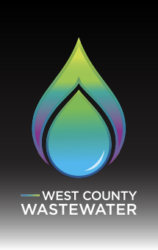
SUSTAINABILITY
SECURING WHAT WE HAVE FOR WHAT WILL BE
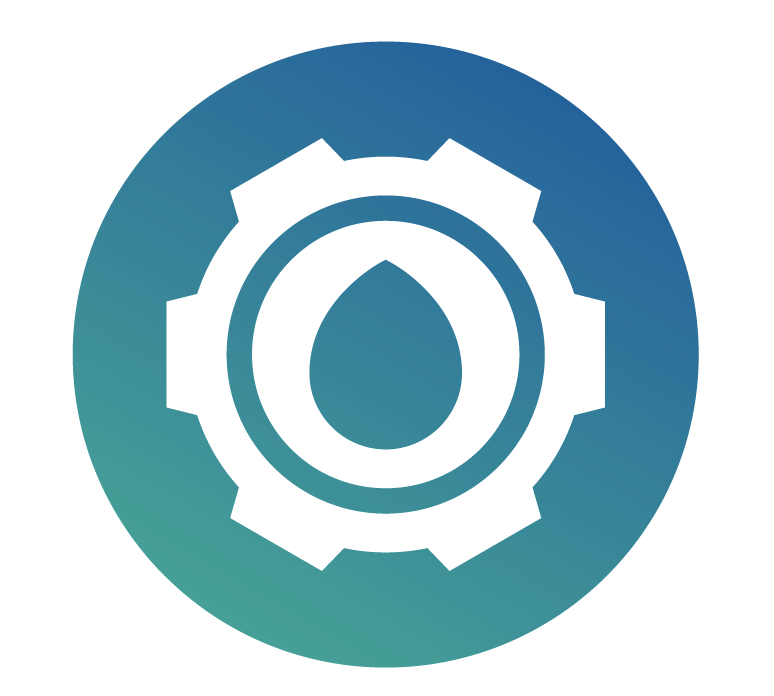
At West County Wastewater, sustainability is at the heart of our day-to-day actions and our long-term planning. We are committed to keeping our environment healthy and safe, not only today but for years to come. Our team innovatively approaches every decision we make with the environment in mind – whether it is sending the majority of our treated wastewater for recycled industrial use, utilizing solar power from panels installed on our property, educating customers about the hazards of FOG and wipes, or as simple as sending our community newsletter electronically instead of in the mail.
ENVIRONMENTAL STEWARDSHIP
With sustainability as one of our core values and a key part of our mission and vision, we recognize that acting as stewards for the environment is vital to our goal of making the planet better for future generations. Our role in safely and responsibly collecting and treating wastewater is just one of the many actions we take to support protecting and preserving the environment. WCW is devoted to keeping eco-friendly practices in mind with every step we take.
One of our strategic goals over the next five years is to: Be an environmental steward in our community through a commitment to reducing carbon emissions, maximizing resource recovery, minimizing our environmental footprint, and making significant strides toward becoming a carbon-neutral enterprise.
WCW protects our local waters, including the San Pablo/San Francisco Bay, and saves valuable drinking water by treating wastewater for clean, safe release or reuse. We rigorously test our treated water, ensuring viruses, bacteria, and other contaminants do not survive. Nearly all of our discharged water is used as recycled water in industrial cooling towers and boilers, keeping more potable water available for drinking and lessening the amount released into the Bay. This also saves energy by reducing the amount of electricity used to pump water to the Bay.
In addition, we test for contaminants at the source, working with local commercial customers to prevent pollution before it enters the wastewater system. Our team also responds to sewage and overflows around the clock. Without immediate attention, overflows often end up in rivers, lakes, streams, creeks, and oceans, and can lead to beach closures.
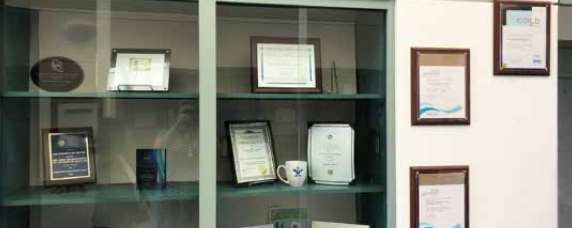
Award-winning Practices
Our Water Quality and Resource Recovery Plant has repeatedly received the National Association of Clean Water Agencies Peak Performance Award, demonstrating 21 years of complete and consistent National Pollutant Discharge Elimination System permit compliance.
Our team of dedicated staff works around the clock to protect the community’s public health and the environment. We continuously monitor and inspect the wastewater system, including pipes, pumps, and public mains, to keep operations running smoothly and sewage flowing away from homes and businesses. WCW also responds to sewage overflows and backups 24 hours a day, keeping sewage from spilling into neighborhoods and parks, impacting local residents and the eco-system.
A new cogeneration system will create onsite power generation and, combined with the solar array, WCW will achieve 100% of our plant’s electrical needs.

ENGIE recently completed the installation, startup, and commissioning of the new aeration blower at the WCW. Aeration is the single largest consumer of energy at a wastewater treatment plant, consuming between 55 and 75% of a plant’s electrical demand. For this reason, the Clean & Green Project installed and commissioned the new blower before all other unit operations, allowing WCW to start energy savings early in the project.
At WCW, we encourage our employees to make environmentally conscious decisions in the workplace. This includes daily actions to minimize our impact, such as reducing the use of paper, recycling, and using alternatives to car travel or working remotely when possible. Our goal is to ensure WCW employees reflect our commitment to environmental stewardship values.
Our Climate Action Plan outlines how we intend to meet our goal of becoming a carbon-neutral organization. The plan supports our commitment to environmental stewardship, conservation, recycling/reuse of resources, environmentalism, and sustainable practices. It outlines the steps we will take to eliminate or offset greenhouse gas emissions.
Our Climate Action Plan guided West County Wastewater’s decision to embark on our lasted major facility upgrade the Clean & Green Project. The Clean & Green Project is an energy and sustainability project, providing the following environmental benefits:
- 93% greenhouse gas reductions
- 4.2 million kilowatt-hours of energy reduced annually
- $2 million in annual savings by producing biosolids for agricultural uses
- 100% onsite power generation at the treatment plant from the creation of biogas and a new solar array
- State-of-the-art microgrid for uninterrupted operations during power outages
Educating and informing the community plays a vital role in the future of our planet for future generations. WCW offers Water Resource and Recovery Plant tours and a student outreach program, provides wastewater and overflow prevention information to customers, supports commercial and industrial customers on site with pollution prevention, and more.
At WCW, we recognize successfully protecting and preserving our environment will require thoughtful, integrated partnerships with many partners, including local, state and federal agencies. We participate in the West County Agency, a local joint powers authority formed to provide more efficient disposal of wastewater, and we partner with a local utility company to send most of our treated water for industrial reuse. In addition, we collaborate with a variety of organizations in working together to create a sustainable future, such as the Bay Area Biosolids Coalition, California Water Environment Association, San Francisco Bay Regional Water Quality Control Board, and National Association of Clean Water Agencies.
The WCW Infrastructure, Operations & Environmental Committee is comprised of Board of Directors members who monitor and propose policies related to global warming. The meetings take place once a month and are open to the public.
RECYCLED WATER
Water is an irreplaceable natural resource that every community depends on for drinking and daily activities. WCW is proud to play a role in protecting our community’s drinking water by making all of our treated water available for use as recycled water.
Using recycled water for industrial and irrigation purposes saves valuable drinking water by offsetting the burden on the local water supply. It helps California sustainably and responsibly manage its water resources, especially important in a state that frequently faces drought conditions.

Recycling our discharged water also:
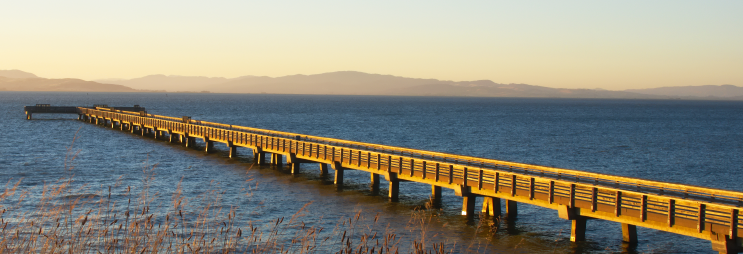
Protects the region’s natural waters by lessening the amount released into San Francisco Bay
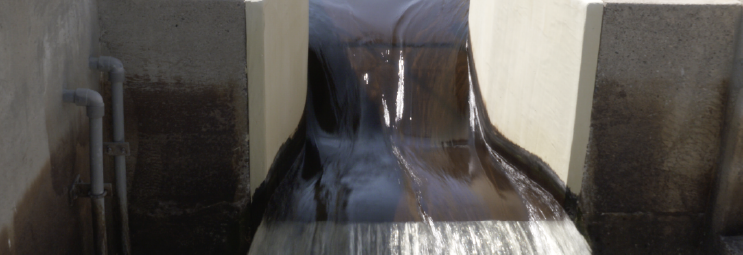
Reduces or eliminates the energy needed to pump water to the ocean
PARTNERING TO SAVE VALUABLE DRINKING WATER & PROTECT THE BAY
WCW has been producing recycled water since the original agreement to provide plant effluent for reclamation entered in 1990. Today, nearly all of our treated discharged water is sent to EBMUD (East Bay Municipal Utility District) for industrial use in cooling towers and boilers. Under a long-standing agreement, together our agencies have:

- Completed system improvements and built an advanced wastewater treatment facility to upgrade the quality of the treated wastewater and support the transfer of the water to EBMUD, allowing it to be reused (Recycled Water Projects and Recycled Water Reliability Upgrade)
- Updated water quality criteria and standards
- Significantly increased the amount of treated wastewater used as recycled water over the years, keeping discharged water out of the San Francisco Bay and saving drinking water for the local community
RESOURCE RECOVERY
In addition to recycled water, WCW is dedicated to many innovative resource recovery practices as part of our initiatives to protect and preserve the environment. We effectively recover resources in a variety of ways at our Water Quality and Resource Recovery Plant and our team continuously explores opportunities to expand our efforts.
Digesters create biogas, which is transferred to the cogeneration system to produce green electricity to run the entire plant operations.
Create Class A EPA biosolids that can be used as a green fertilizer and saves WCW approximately $2,000,000 in disposal costs.
House a 1-megawatt photovoltaic solar facility on our property, which supplies one-third of the Water Quality and Resource Recovery Plant’s power demand
